
Visit East Africa
East Africa is one of the world’s most iconic travel destinations, bringing safari dreams to life with its sweeping plains, vast herds of wildlife, and flat-topped acacia trees etched into the imagination. It’s also home to Mount Kilimanjaro, Africa’s highest peak, and tropical forests that shelter awe-inspiring mountain gorillas—a once-in-a-lifetime bucket-list experience.
This extraordinary part of the world boasts four premier safari destinations:
- Tanzania
- Kenya
- Uganda
- Rwanda
Tanzania
Kenya
Uganda
Rwanda
Travel Africa will work with you to plan your perfect touring option around East Africa – be it a small group tour or privately guided safari in a single country or any combination. We will then book your holiday for you – providing you with detailed itineraries and information sheets. Don’t forget we provide superb value for money due to our in-depth knowledge of the region and our direct contacts which cut out layers of commission. Look at our fabulous range of itineraries to give you loads of ideas and places to start from. And if you're tossing up between Southern and Eastern Africa - or planning to combine them - read our blog Southern vs East Africa: The Safari Showdown.
When to visit East Africa
East Africa has an equatorial climate with the coolest months June to October. The long rainy season is March to May with short rains November to December. December to March has hot and sunny days. The coast has a tropical climate - June to October being very pleasant and December to March being the hottest time of year.
-
Dry Season: This is the best time for wildlife viewing as animals gather around water sources. Days are typically sunny and warm, with cooler nights, especially in highland areas like Kenya's central region and Tanzania's northern circuit.
-
Rainy Season: Expect lush, green landscapes and fewer tourists. The "long rains" from March to May can bring heavy downpours, particularly in the afternoon, while the "short rains" in November are lighter and more sporadic. This is an excellent time for bird watching and witnessing the calving season in national parks.
The migratory herds follow the rains through the Serengeti and Masai Mara Reserves. The rains do vary as does the migration. Generally from November to August the herds are working their way in an anticlockwise pattern through the Serengeti, migrating north back and forth across the Mara River from July to August and present in the Masai Mara from July to October.
Tanzania's highlights
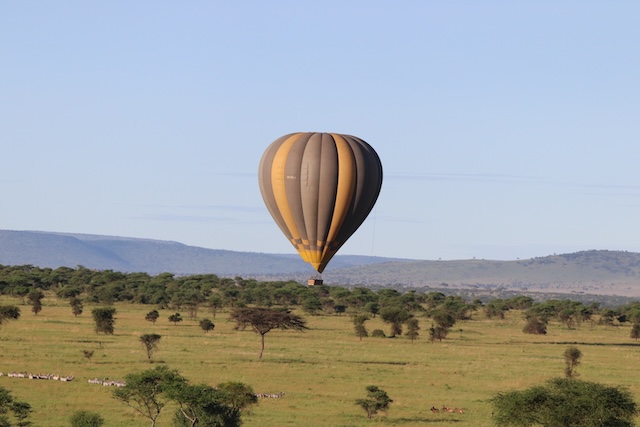
Serengeti National Park
Tanzania's first and most famous park, the Serengeti, is renowned for its abundance of lion, cheetah and leopard. With wide-open plains and huge herds of wildebeest, spectacularly seen during the annual migration, the Serengeti is the eighth wonder of the natural world. As big as Northern Ireland the Serengeti is unequalled in its scientific value. Other animals found here include the elephant, rhino, buffalo, Thompson's gazelle, Grant's gazelle, zebra, crocodile and many more. There are about 500 species of birds and more than 30 species of large herbivores. The Serengeti's low vegetation means that game viewing is relatively easy. It varies from open grass in the south, savannah with scattered acacia trees in the centre, hilly wooded grassland in the north, to extensive woodland and black clay plains in the west. A highlight for many is gliding over the Serengeti Plains on a Hot Air Balloon Safari.
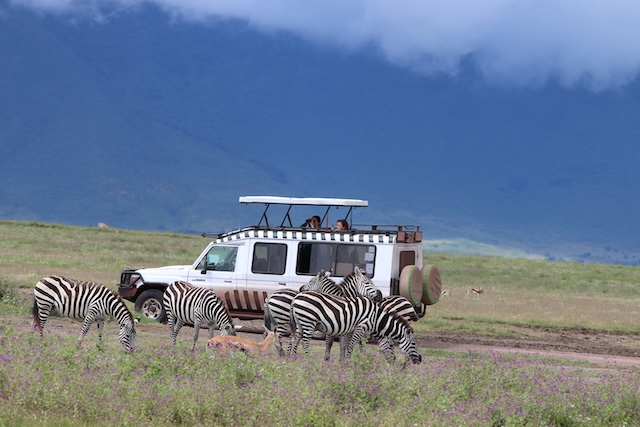
Ngorongoro Conservation Area
The Ngorongoro Conservation Area is located west of the Great Rift Valley which runs from the Red Sea to Lake Nyasa in southern Tanzania and boasts the finest blend of landscapes, wildlife, people and archaeological sites in Africa. African pastoralists co-operate with Tanzania's government bodies to help preserve the natural resources of the area and to ensure a fantastic experience for visitors. Ngorongoro was an active volcano some eight million years ago whose cone collapsed leaving a crater. Its spectacular setting and abundance of wildlife combine to make it one of the wonders of the world. The crater rim is wooded with mountain forest vegetation and the oval crater itself is 300sq. km in area. Most of the big five can be seen with birdlife including kori bustard, secretary bird, crested crane, marabou stork, goliath, heron, beautiful fish eagles, and thousands of flamingoes. Read more in our blog: Ngorongoro Crater Safari: Like Nothing Else on Earth
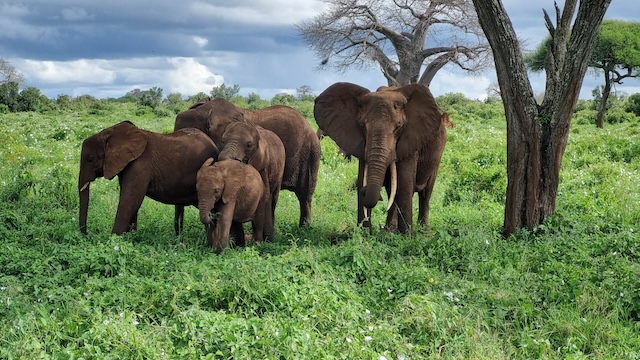
Tarangire National Park
Located just a few hours’ drive from the town of Arusha, Tarangire is a perfect stop for safaris travelling through the northern circuit on their way to Ngorongoro and the Serengeti. The name of the park originates from the Tarangire River that crosses through the park, being the only source of water for wild animals during dry seasons. The landscape and vegetation is not found anywhere else in the northern safari circuit. The hilly landscape is dotted with vast numbers of magnificent Baobab trees, dense bush and high grasses. Breathtaking views of the Masai Steppe and the mountains to the south make a stop at Tarangire an incredible experience.
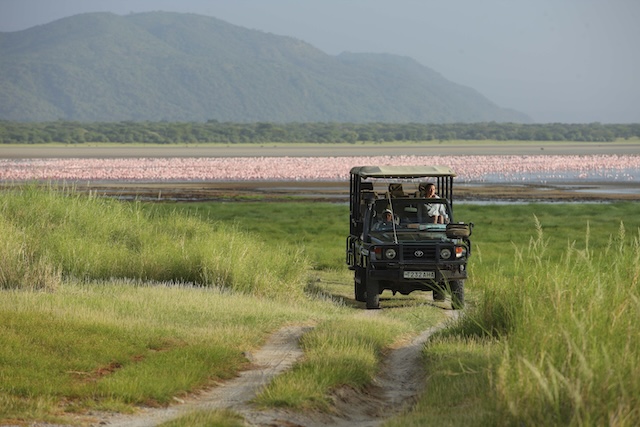
Lake Manyara National Park
Located beneath the spectacular cliffs of the Manyara Escarpment, on the edge of the Rift Valley, Lake Manyara National Park offers varied ecosystems, incredible bird life and breathtaking views. Stretching for 50km along the base of the rusty-gold 600-metre high Rift Valley escarpment, Lake Manyara is a scenic gem with incredible diversity including its famous tree-climbing lions, elephants and large troops of baboons. Manyara provides the perfect introduction to Tanzania’s birdlife with more than 400 recorded species. Highlights include thousands of pink-hued flamingos on their perpetual migration.
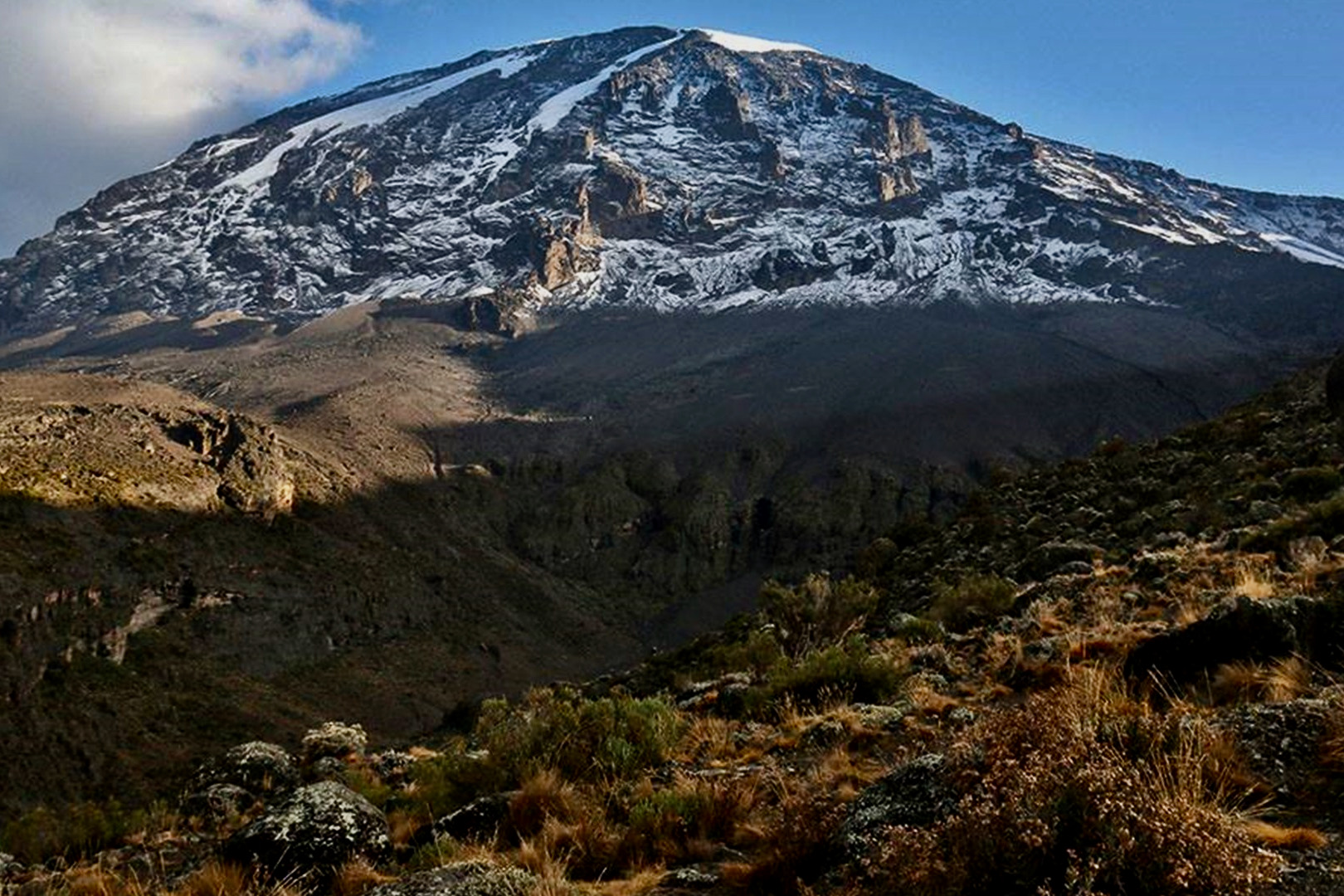
Mount Kilimanjaro
Kilimanjaro is an icon for the compelling beauty of East Africa. It is the highest peak in Africa and the tallest free-standing mountain in the world, rising a breathtaking 5,895 metres from the surrounding coastal scrubland. Kilimanjaro is one of the world's most accessible high summits with an incredible diversity of plant, animal and bird life, including a winter wonderland of ice and snow lining the roof of the continent. Depending on your fitness levels and preferences there are a range of different routes to the summit on offer - either staying in huts or camping, all with guides.
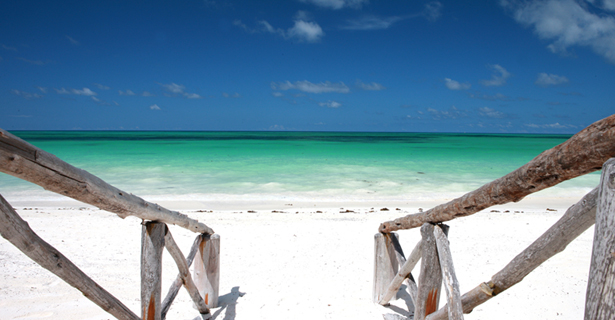
Zanzibar
Zanzibar is an archipelago made up of Zanzibar and Pemba Islands, and several islets. Located in the Indian Ocean Zanzibar is set like a jewel in tranquil coral waters, only 20 minutes flight from Dar es Salaam. Its name evokes a romantic if fraught past. To these shores came Summerians, Assyrians, Hindus, Egyptians, Phoenicians, Arabians, Chinese, Malaysians, and the Portuguese, sailing in on monsoon winds. Turbulent histories, exotic spices, sandy beaches and hospitable people ... this is the enchantment of Zanzibar.
Kenya's highlights
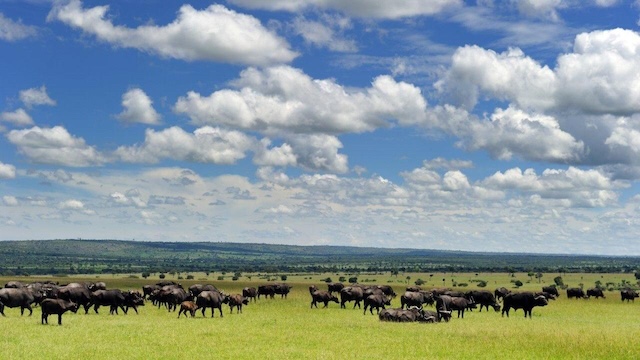
Masai Mara
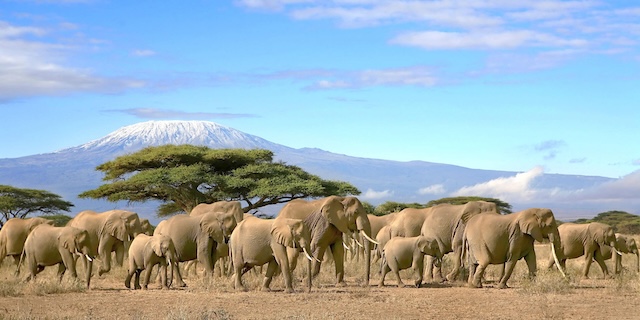
Amboseli National Park
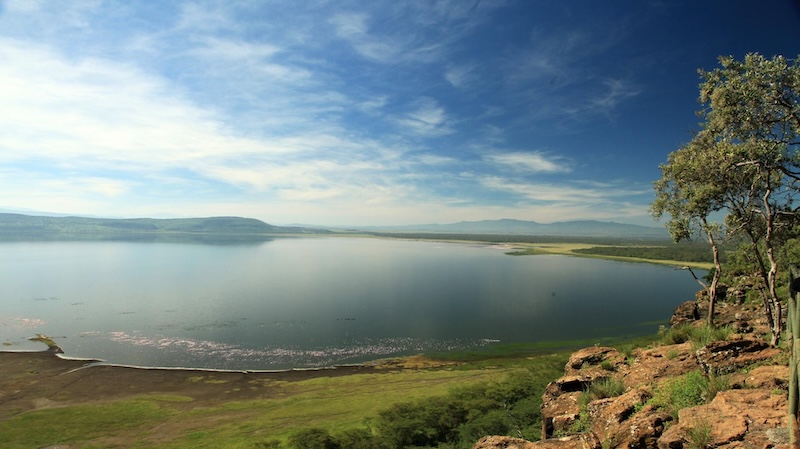
Lake Nakuru National Park and Lake Naivasha
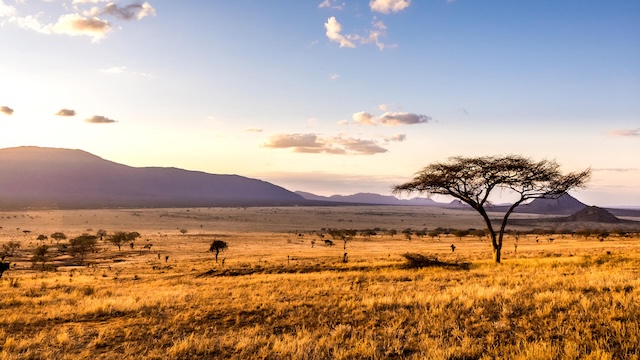
Tsavo National Park
Uganda's highlights
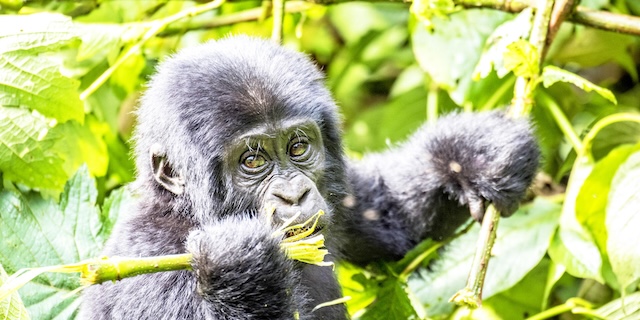
Bwindi Impenetrable National Park
Bwindi Impenetrable National Park is located in southwestern Uganda and is a lush, mountainous sanctuary renowned for its population of endangered mountain gorillas. This UNESCO World Heritage Site offers a once-in-a-lifetime experience to trek through dense forests and encounter gorillas in their natural habitat. Besides gorilla trekking, Bwindi is rich in biodiversity, home to various bird species, primates, and exotic flora, making it a haven for nature enthusiasts and adventure seekers.
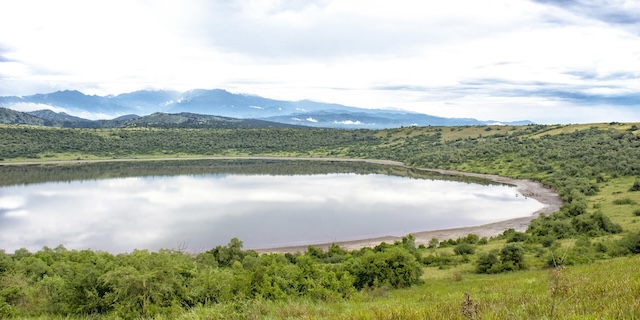
Queen Elizabeth National Park
Nestled in the heart of Uganda's Great Rift Valley, Queen Elizabeth National Park is a breathtaking mosaic of savannah, wetlands, and lush forests. Renowned for its incredible biodiversity, the park is home to over 600 bird species and 95 mammal species, including tree-climbing lions in Ishasha and hippos along the Kazinga Channel. Embark on game drives, boat safaris, and chimpanzee treks, all set against the stunning backdrop of the Rwenzori Mountains and the shimmering crater lakes. A true gem for nature enthusiasts and adventurers alike.
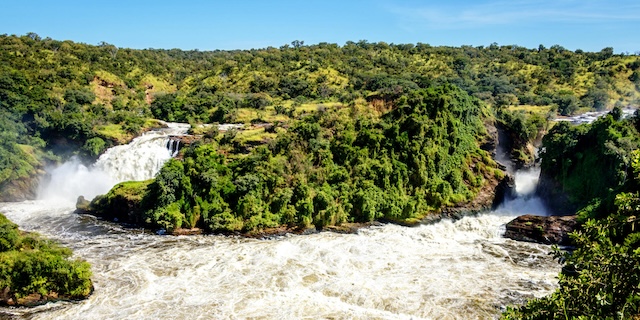
Murchison Falls National Park
Murchison Falls National Park, nestled in northwestern Uganda, is a captivating wilderness where the Nile River explodes through a narrow gorge to create the spectacular Murchison Falls. Embark on thrilling safari adventures to witness the park's diverse wildlife, including elephants, giraffes, lions, and an array of bird species. Cruise along the Nile to marvel at hippos, crocodiles, and the breathtaking scenery along its banks. With its dramatic landscapes, abundant wildlife, and the raw power of the Nile, Murchison Falls National Park promises an unforgettable journey into the heart of Africa's natural wonders.
Rwanda's highlights
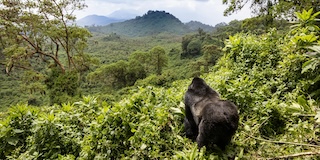
Volcanoes National Park
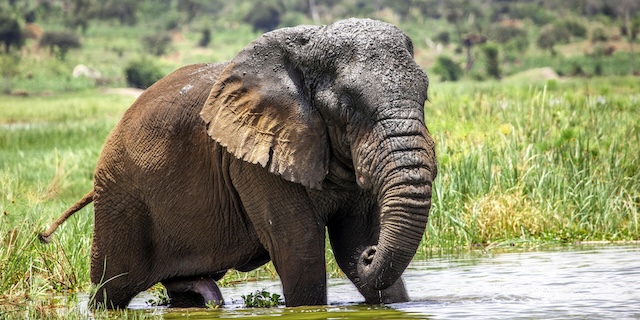
Akagera National Park
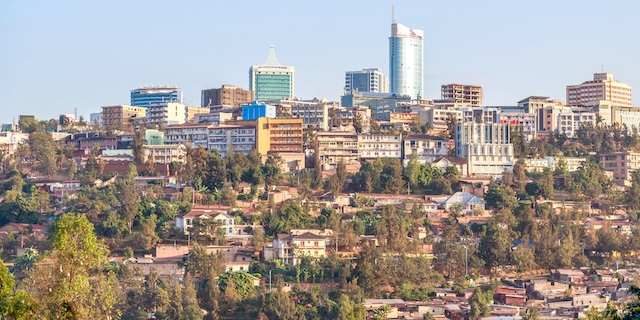
Kigali


